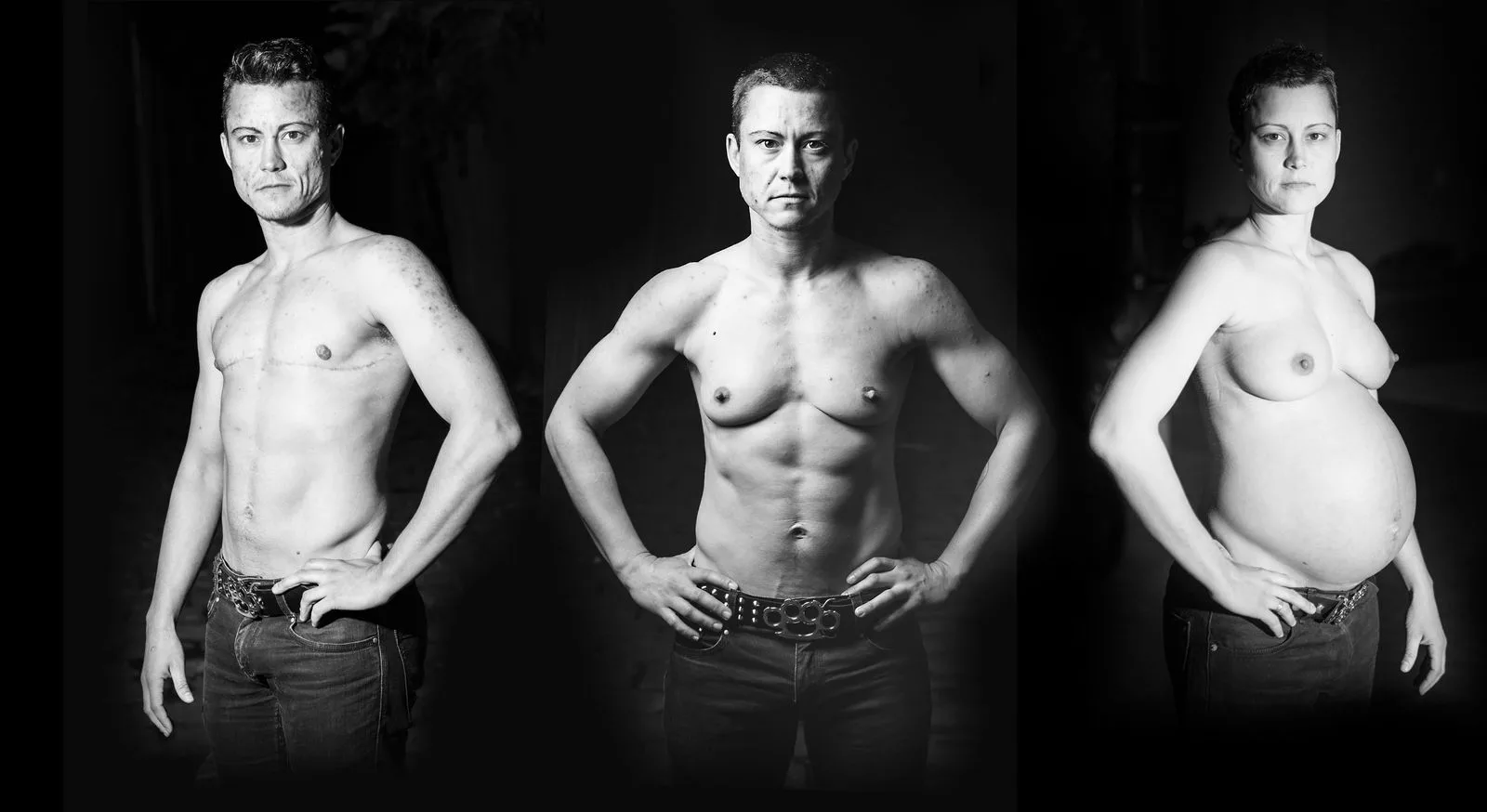The evolution of transgender identity and rights is a multifaceted and dynamic story, rich in history and significance. This article aims to provide a comprehensive exploration of this journey, highlighting pivotal moments such as the introduction of hormone therapy, the development of transgender surgery, and the linguistic progression of the term ‘transgender’. We will delve into the emergence of transgender identity in the public consciousness, the roots of transgender surgery, the birth of transgender rights, and the recognition of Transgender History Month, offering a thorough insight into this vital chapter of human rights history.
Progesterone in Transgender Hormone Therapy
In the realm of transgender hormone therapy, progesterone plays a crucial role. Its introduction is typically based on personalized medical guidance, considering factors like health profiles and therapy goals. Endocrinologists generally advise beginning with estrogen and anti-androgens before adding progesterone. This step-by-step approach allows for careful monitoring and dosage adjustments. The timing of progesterone introduction varies, with some individuals starting it months or years after initiating hormone therapy.
The Growing Visibility of Transgender Identity
In recent decades, transgender identity has seen a surge in visibility and acceptance. This rise can be attributed to increased public awareness, media representation, and advocacy for transgender rights. The late 20th and early 21st centuries marked a notable shift in societal attitudes, with transgender individuals gaining prominence in entertainment, politics, and activism. This era also witnessed a growth in academic research and literature on transgender issues, enhancing understanding and acceptance.
The Early Days of Transgender Surgery
Transgender surgery, also known as gender confirmation surgery, has its roots in the early 20th century. The first recorded surgeries occurred in Europe during the 1930s, with individuals like Lili Elbe and Dora Richter undergoing gender-affirming procedures. These initial surgeries were experimental and risky, but they paved the way for the development of safer, more effective surgical techniques. Over time, medical advancements have significantly enhanced the safety and outcomes of transgender surgeries.

The Evolution of the Term ‘Transgender’
The term ‘transgender’ emerged in the mid-20th century, evolving from earlier terms like ‘transsexual’ and ‘transvestite’. Initially describing those who identified with a gender different from their birth-assigned sex, the term has expanded to include a diverse range of gender identities and expressions. This linguistic evolution mirrors the growing understanding and acceptance of gender diversity, marking a shift from a binary view of gender to a more nuanced recognition of identity, expression, and societal roles.
The Inception of ‘Transgender’
First appearing in the 1960s, the term ‘transgender’ is often credited to Dr. John F. Oliven’s 1965 book “Sexual Hygiene and Pathology.” It was used to describe individuals wishing to live as the opposite sex. Gaining momentum in the 1970s and 1980s, the term offered a more inclusive and less stigmatizing alternative to ‘transsexual’ or ‘transvestite’. This linguistic evolution was pivotal in the transgender rights movement, providing a unifying term for a diverse community.
The Dawn of Transgender Rights
The transgender rights movement began to emerge in the late 20th century, paralleling the broader LGBTQ+ rights movement. Early activism focused on legal recognition, healthcare access, and anti-discrimination protections. Trailblazers like Sylvia Rivera and Marsha P. Johnson were instrumental in advocating for transgender rights. The Stonewall Riots of 1969, a watershed moment involving transgender participants, spurred the formation of advocacy groups and heightened visibility for transgender issues. This movement has made significant strides, though challenges persist.

The Development of Transgender Surgery
Modern transgender surgery began evolving in the mid-20th century. Dr. Georges Burou in Morocco pioneered male-to-female gender confirmation surgery in the 1950s and 1960s. These groundbreaking procedures provided transgender individuals the chance to align their physical appearance with their gender identity. The development of female-to-male surgery followed, initially more complex and less common. These surgical advancements have been crucial in the physical and psychological well-being of transgender individuals.
The Onset of Transgender Hormone Therapy
Transgender hormone therapy, involving estrogen and testosterone to align physical traits with gender identity, started in the mid-20th century. Endocrinologists pioneering this therapy recognized its potential in alleviating gender dysphoria. Initially limited to experimental programs, hormone therapy has become a standard component of transgender healthcare, significantly enhancing many individuals’ quality of life.
Observing Transgender History Month
Transgender History Month, while not officially recognized like LGBTQ+ Pride Month, is celebrated by various communities to honor the history and achievements of transgender individuals. It’s a time for public education about transgender history, recognizing pioneers in the transgender rights movement, and addressing ongoing equality struggles. Events typically include educational programs and memorials for anti-transgender violence victims, underscoring the transgender community’s resilience and determination for recognition and rights.
Conclusion
The history of transgender identity and rights is a narrative of resilience and bravery. From the early stages of hormone therapy and surgery to the linguistic development of ‘transgender’, each milestone signifies progress towards broader understanding and acceptance. While the journey continues, the advancements made offer hope and inspiration. The transgender community’s ongoing fight for equality and recognition remains a vital part of the larger human rights discourse.